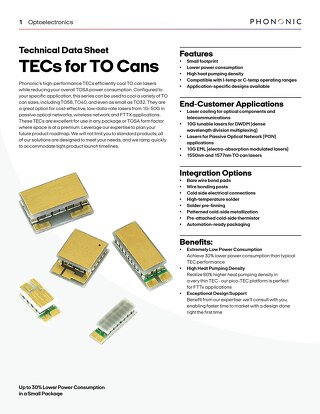No More Crying Over Spoiled Milk: Tips for Safe Breast Milk Storage
June 13, 2019
There’s no shortage of news about how “breast is best” when it comes to feeding infants, so it’s not a surprise that the Centers for Disease Control (CDC) 2018 Breastfeeding Report Card states that 4 out of 5 newborns (83.2%) begin their life breastfeeding and over half (57.6%) are breastfeeding at 6 months.
For mothers who work outside of the home (and even for some who don’t), breastfeeding can involve quite a bit of pumping. To feed a newborn and establish a milk supply, mothers need to feed their baby or pump every two to three hours. Whether a mom is exclusively pumping, building a stash for her return to work, or storing an extra bottle for the times she’s not around, it’s important to follow safe breast milk storage guidelines.
Bacteria are everywhere – on your hands, on your skin and on parts of your breast pump. When you pump, some of that bacteria gets into the milk. If you store your breast milk safely, this small amount of bacteria will not harm your baby. However, the longer breast milk is left out, or stored at a temperature that’s too warm, the more time the bacteria has to multiply.
Since new moms are often sleep deprived and have a million other things on their minds, we’ve rounded up some helpful Breast Milk Storage Dos and Don’tsi to make it easier for moms to keep breast milk and their babies safe.
Dos:
- DO use breast milk storage bags or clean food-grade containers (glass or plastic) with tight-fitting lids to store expressed breast milk.
- DO clearly label the breast milk with the date it was expressed.
- DO ensure that freshly expressed or pumped milk is stored at the temperatures recommended by the CDC and The Academy of Breastfeeding Medicine:
- At room temperature (77°F/25°C or below) for up to four hours
- In the refrigerator (40°F/4.4°C or below) for up to four days
- In the freezer (0°F/-18°C or below) for approximately six months
| Human Milk Storage Guidelines | |||
|---|---|---|---|
| Storage Locations and Temperatures | |||
| Type of Breast Milk | Countertop 77°F or colder (25°C) (room temperature) | Refrigerator 40°F (4°C) | Freezer 0°F or colder (-18°C) |
| Freshly Expressed or Pumped | Up to 4 hours | Up to 4 days |
Within 6 months is best Up to 12 months is acceptable
|
| Thawed, Previously Frozen | 1-2 hours | Up to 1 day (24 hours) |
Never refreeze human milk after it has been thawed
|
| Leftover from a Feeding (baby did not finish the bottle) | Use within 2 hours after the baby is finished feeding | ||
| Chart from https://www.cdc.gov/breastfeeding/recommendations/handling_breastmilk.htm, adapted from “ABM Clinical Protocol #8: Human Milk Storage Information for Home Use for Full-Term Infants,” Revised 2017 External. | |||
- DO immediately freeze freshly expressed breast milk that you will not use within four days to help protect its quality.
- DO freeze breast milk in small amounts (2-5 oz or the amount that will be offered at one feeding) to avoid wasting any of that liquid gold!
- DO use breast milk:
- Within 24 hours of thawing in the refrigerator
- Within two hours of being at room temperature or warmed (after it was stored in the refrigerator or freezer).
- Without heating it in the microwave – it can damage the composition of the milk and cause spots that are too hot for a baby.
- DO talk to your childcare provider about their safe storage of breast milk.
Don’ts
- DON’T use plastic bottles with the recycle symbol number 7, which indicates that the container may contain BPA.
- DON’T store breast milk in disposable bottle liners or plastic bags that are not intended for breast milk storage.
- DON’T store breast milk in the door of the refrigerator or freezer. Frequent openings and closings will cause wide temperature fluctuations.
- DON’T refreeze breast milk once it has been thawed.
Storing your breast milk in your regular fridge is, of course an option, but there’s also a safer alternative. Having a dedicated, medical-grade tabletop refrigerator for breast milk storage will ensure that the milk always stays at a safe temperature, protecting your baby from harmful bacteria. With a solid state refrigerator, there’s no need to worry about the milk getting too warm with repeated door openings or accidentally frozen (as can happen in areas of compressor-based refrigerators). Plus, it’s smaller than a microwave and ultra-quiet (without any noisy compressors), so parents can keep their breast milk exactly where they need it – in the nursery, living room or right next to the breast pump.
Phononic’s compact, near-silent, solid state refrigerators were designed to store breast milk at a safe temperature and placed wherever parents and babies need them most. If you’d like to learn more about Phononic medical-grade refrigeration for the home, connect with our healthcare team.
iSources: The CDC and Medela









